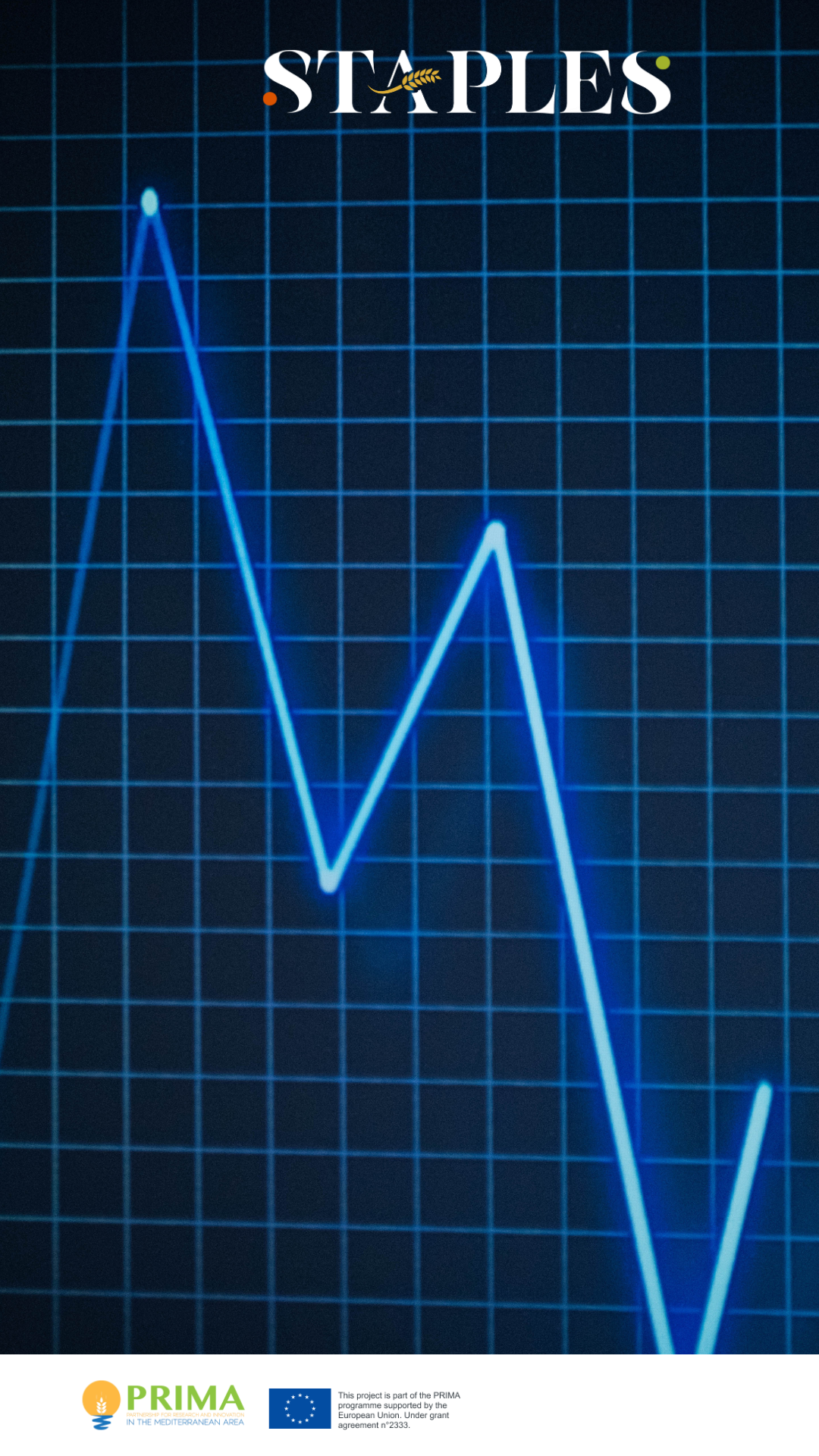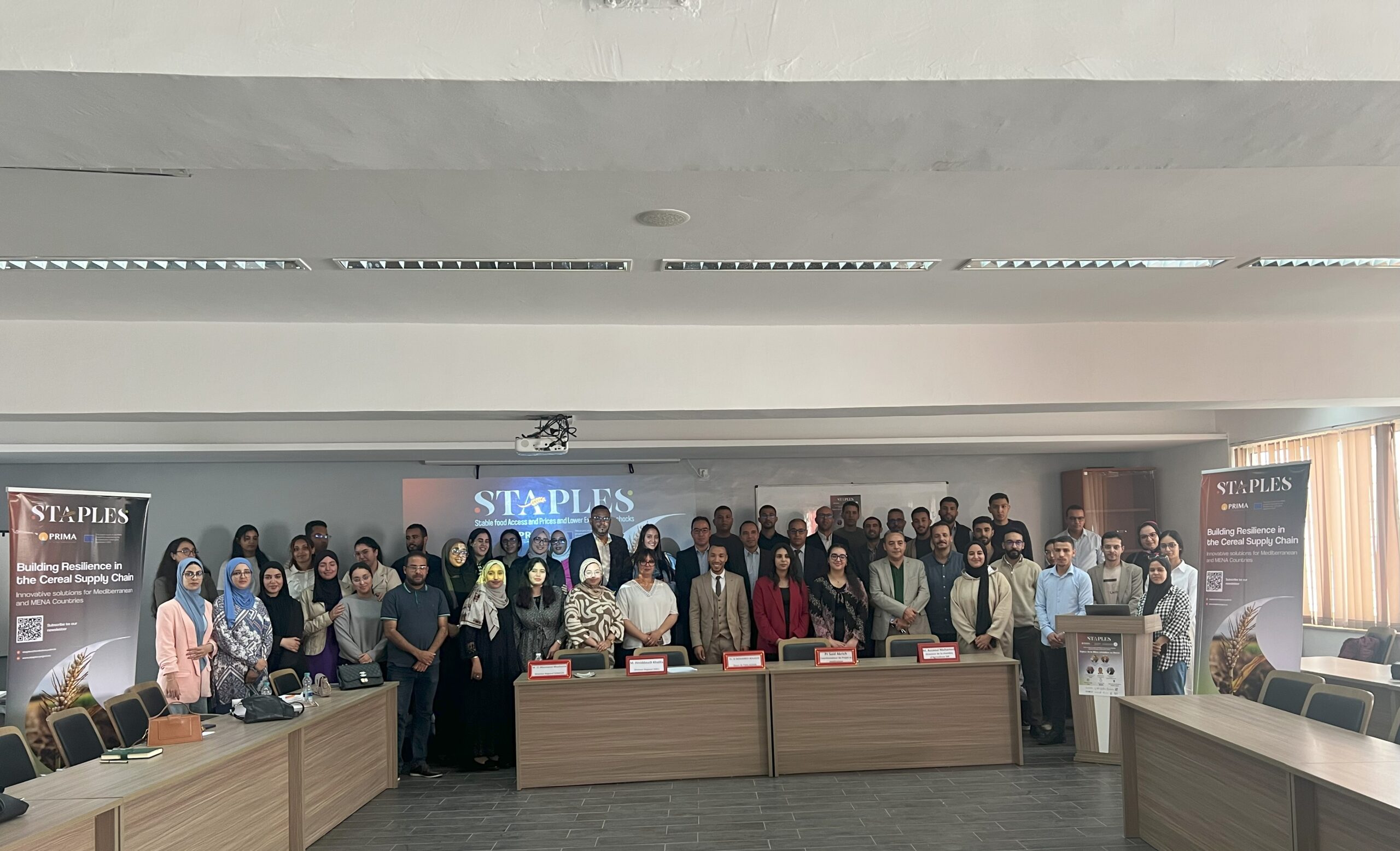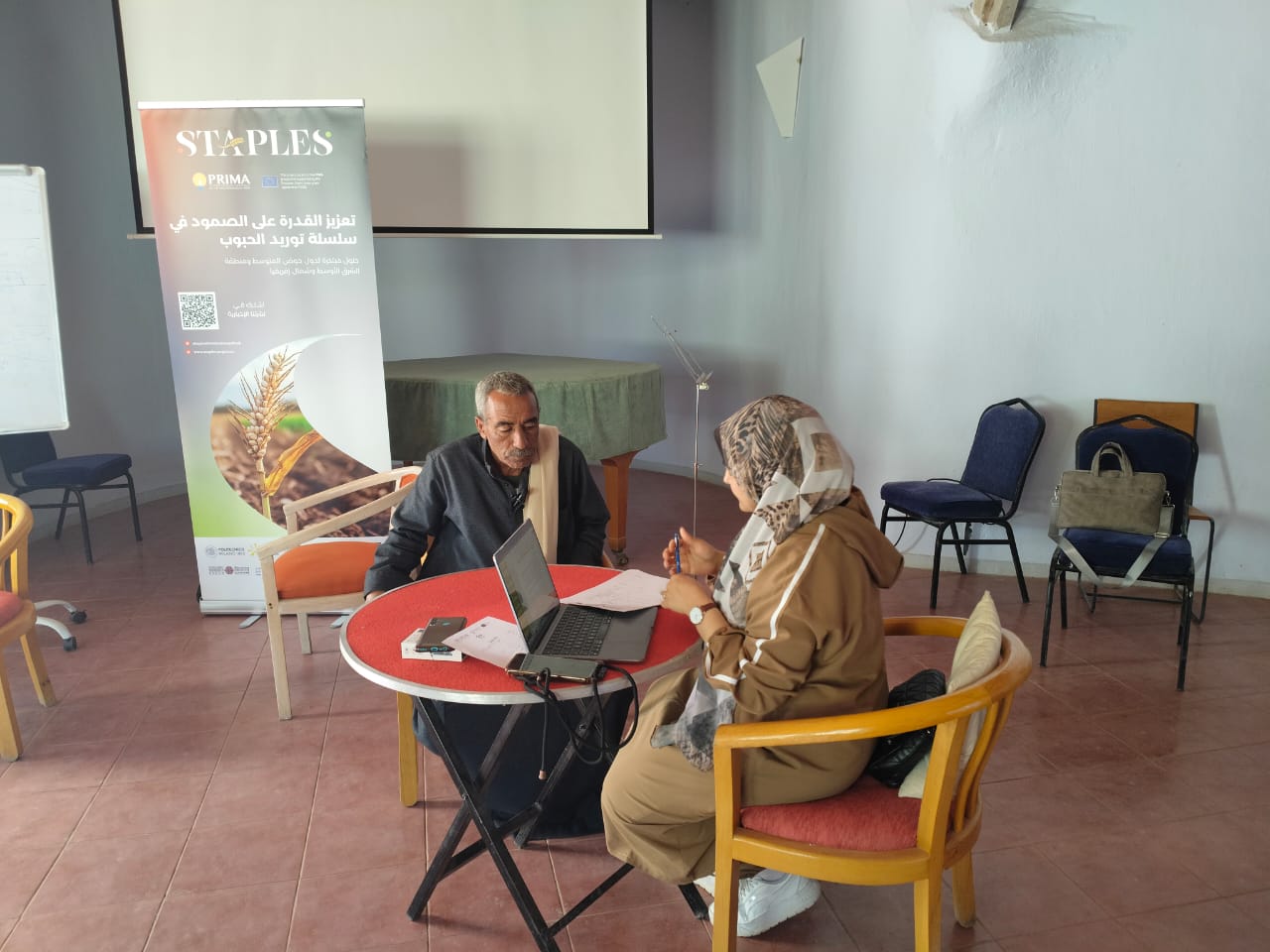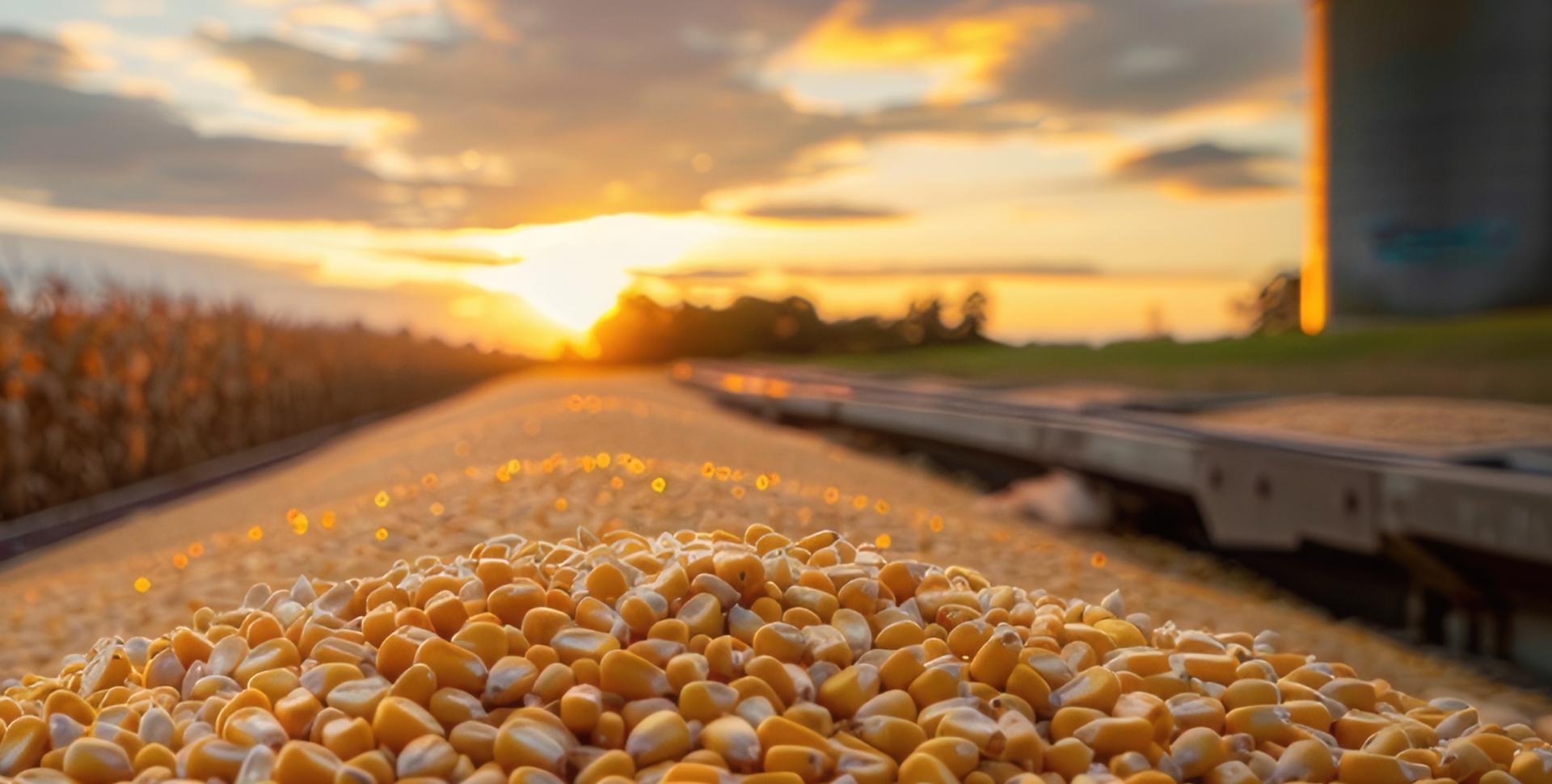Food prices play a crucial role in shaping economic stability and social equality. While price fluctuations are common in global markets, their effects are not evenly distributed across populations. This recent study “The effect of food price upsurges on income inequality: The richest win and the poorest lose”, conducted by Marta Marson from Politecnico di Milano and Donatella Saccone from the University of Gastronomic Sciences of Pollenzo analyses data from 126 countries between 1990 and 2020, exploring how international food price shocks influence income inequality. While the scope of the paper is broader than the focus of the STAPLES project, specific aspects of the methodology allowed the identification of effects that are very relevant to the MENA region and to cereal crops. The heterogeneity of the effect is investigated by means of interaction terms accounting for the food trade balance of countries and the structure of the agricultural sector, coming to three main conclusions.
- Upsurging food prices increase inequality
The study reveals that rising food prices tend to widen the gap between the rich and the poor. Specifically, the income share of the poorest 50% of the population decreases, while the wealthiest segments of society benefit, particularly the richest among the rich. - Stronger impact on developing countries
While the overall effect of food price shocks on inequality is evident, it is particularly pronounced in developing countries. The study finds no clear trend in high-income countries, suggesting that people in wealthier nations are less exposed and may be protected by more robust mechanisms to mitigate adverse effects. - Heterogeneity in developing countries
Not all developing nations experience food price shocks in the same way. The study highlights that the impact of rising food prices depends significantly on food trade balance and agricultural sector structure.
The findings are particularly relevant for MENA countries whose food trade balance is negative due to their strong reliance on the import of cereals to feed their populations. This means that MENA countries are particularly exposed to the inequality effect of upsurging food prices.
The paper suggest that policymakers should adopt targeted strategies to protect poor consumers from the negative effects of food price shocks, while simultaneously strengthening farmers’ productive capacity and ability to cope with the shocks, in line with the strategy of the STAPLES project.
For more details, you can access the full study here: The effect of food price upsurges on income inequality: The richest win and the poorest lose – ScienceDirect










